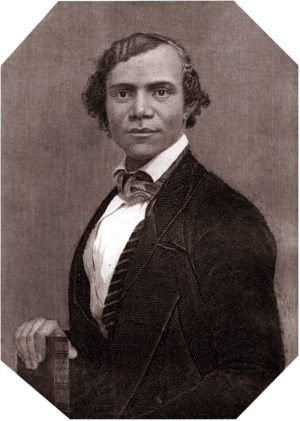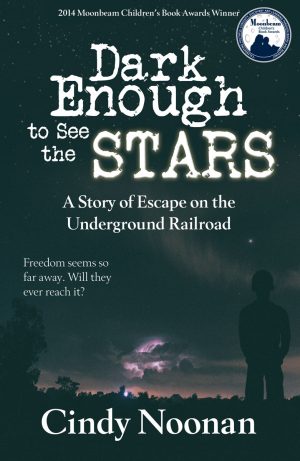
For Women’s History Month I’d like to highlight a black woman crusader who has been largely unrecognized. Meet Mary Bibb, a historical character featured in my novel for kids, Dark Enough to See the Stars.
She was born Mary Elizabeth Miles in Rhode Island around 1820 to free black Quaker

parents. She had the rare opportunity, for her gender and race, to be educated. She attended the Massachusetts State Normal School, graduating in 1843. The principal of the school, Samuel Joseph May, strongly advocated education for all, equal rights for women and abolition of slavery. Mary became one of the first black woman educators in North America and supported herself by teaching in schools in Boston, Albany and Cincinnati. She participated in many anti-slavery activities and met her husband and former slave, Henry, in 1847 at an abolitionist meeting. They married in 1848 and moved to Boston. She was twenty-eight.
Fugitive Slave Act Changes Everything
However, when the Fugitive Slave Act was passed in 1850, law officers in the North were forced to capture and return escaped slaves to the South. Free blacks also faced possible kidnapping and enslavement because no suspected slave was allowed a trial to prove they were free. Mary and her husband fled to Sandwich, Canada West and later Windsor. There they helped runaway slaves make the transition to become Canadian citizens by providing food, shelter, land and schooling. Mary taught the ex-slaves to read and write and was a strong advocate for literacy for blacks in a time when they were not allowed to attend school with whites.

Abolitionist Newspaper Started
In 1851, she and Henry began a newspaper called The Voice of the Fugitive packed with articles to help African Canadians. This important tool to raise the consciousness of fugitives promoted abolition of slavery and gave helpful advice on resettlement. As co-editor, Mary wrote on a variety of topics including women’s rights, anti-slavery activities for women and fashion. Some have called her the first black female journalist of Canada.
Her connections with influential abolitionists were instrumental in raising funds for their newspaper. However, in 1853, the newspaper office mysteriously burned to the ground. Although they tried to revive the paper, Henry died suddenly at the age of 39 in 1854.
Mary continued to support herself as a teacher and later married Isaac Carey. She operated a store in Windsor from 1865 – 1871. After Carey died, she moved to Brooklyn, New York where she passed away in 1877.
Although the accomplishments of her author husband, Henry, sometimes overshadowed her achievements, she was a highly educated and innovative activist of her time who championed the rights of women and blacks. She and Henry play a part in my Underground Railroad story for middle grade students.
